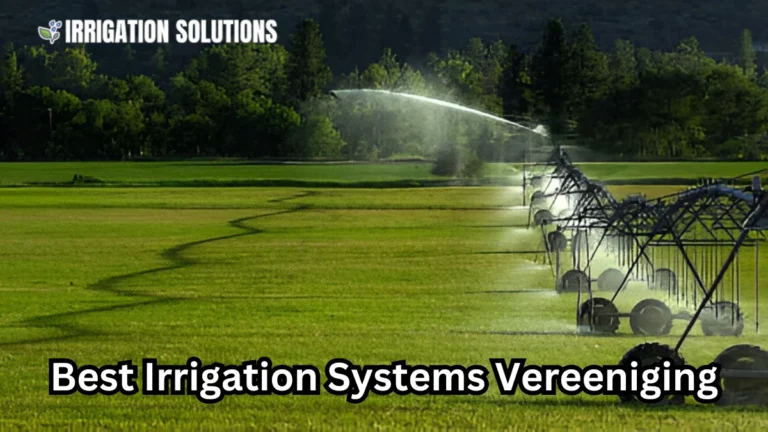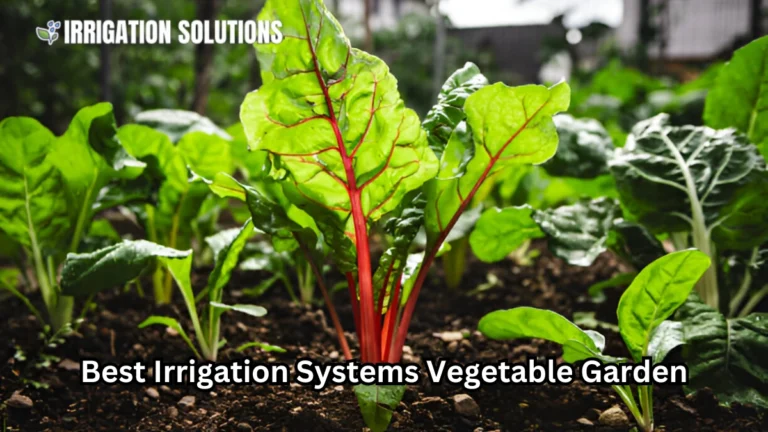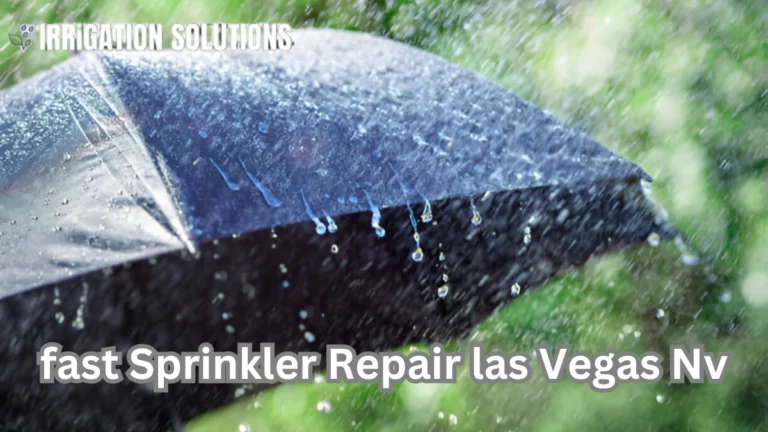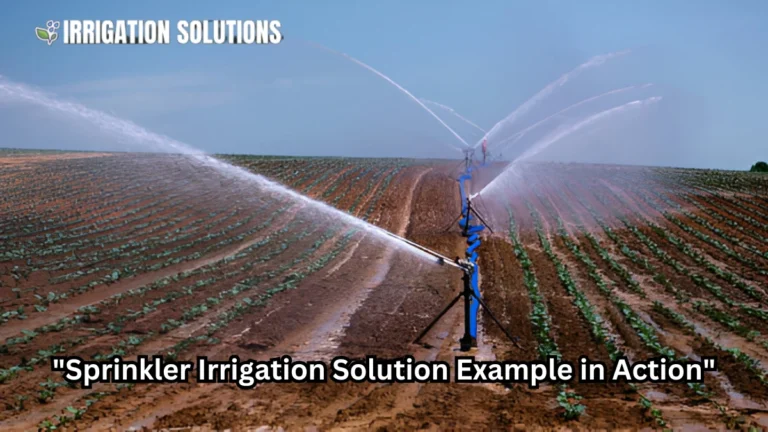wound irrigation solution
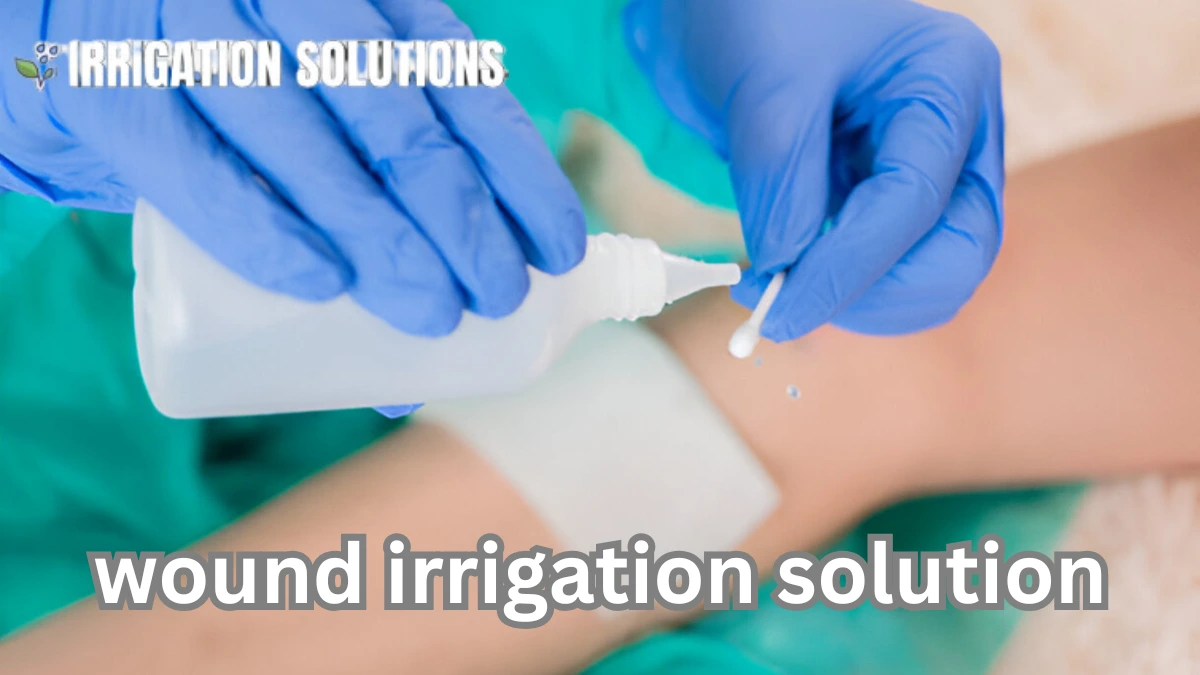
When it comes to wound care, wound irrigation solution are a cornerstone for ensuring optimal healing. Properly irrigating a wound not only reduces the risk of infection but also creates a conducive environment for tissue repair. In this comprehensive guide, we’ll delve into everything you need to know about wound irrigation solutions, from their types to best practices and the latest advancements.
What Is wound irrigation solution?
Wound irrigation involves flushing a wound with a solution to remove debris, bacteria, and dead tissue. It’s a vital step in wound care because it:
- Prevents infection by clearing contaminants.
- Promotes healthy tissue regeneration.
- Reduces inflammation and discomfort.
According to the National Institute for Health and Care Excellence (NICE), wound irrigation is often more effective than swabbing or wiping for cleaning wounds.
Why Wound Irrigation Is Essential
Without proper irrigation, wounds are at risk of complications such as:
- Infection: Bacteria can thrive in an unclean wound.
- Delayed Healing: Debris can inhibit tissue regeneration.
- Chronic Wounds: Poor care may lead to conditions like ulcers or non healing wounds.
Healthcare professionals emphasize that regular and appropriate irrigation is the foundation for wound management.
Types of Wound Irrigation Solutions
Different solutions serve different purposes, and selecting the right one depends on the wound type, patient condition, and clinical goals.
1. Normal Saline
- Description: A sterile isotonic solution (0.9% sodium chloride).
- Benefits:
- Non irritating and safe for most wounds.
- Cost effective and widely available.
- Use Case: Suitable for acute and chronic wounds, including surgical wounds.
2. Sterile Water
- Description: Distilled water free of contaminants.
- Benefits:
- Hydrates tissue effectively.
- Prevents mineral deposits.
- Use Case: Ideal for superficial wounds or burns.
3. Antiseptic Solutions
- Common Types: Povidone iodine, hydrogen peroxide, and chlorhexidine.
- Benefits:
- Kills bacteria and reduces infection risk.
- Caution: Prolonged use can damage healthy tissue.
- Use Case: Reserved for contaminated or infected wounds.
4. Dakin’s Solution
- Description: A dilute sodium hypochlorite solution.
- Benefits:
- Effective against a wide range of microorganisms.
- Use Case: Commonly used for chronic wounds with necrotic tissue.
5. Honey Based Solutions
- Description: Medical grade honey mixed with water or saline.
- Benefits:
- Antimicrobial and promotes moist wound healing.
- Use Case: Often used in treating burns and ulcers.
How to Choose the Right Wound Irrigation Solution
The choice depends on several factors, including:
| Factor | Recommendation |
| Type of Wound | Normal saline for clean wounds; antiseptic for infected ones. |
| Patient Sensitivity | Avoid irritants for sensitive skin. |
| Depth of Wound | Use solutions that can penetrate without harming tissue. |
| Cost and Availability | Opt for accessible options like saline when applicable. |
Pro Tip: Always consult a healthcare professional before selecting a solution.
Best Practices for Wound Irrigation
Follow these steps to ensure effective wound irrigation:
1: Gather Materials
- Sterile gloves
- Irrigation solution (e.g., saline)
- Syringe or irrigation device
- Gauze and wound dressing
2: Prepare the Wound
- Wash hands thoroughly.
- Remove the existing dressing carefully.
- Assess the wound for signs of infection or debris.
3: Irrigate the Wound
- Fill the syringe with the solution.
- Hold the syringe 1 2 inches above the wound.
- Apply steady pressure to flush out contaminants.
Step 4: Dry and Dress
- Pat the wound gently with sterile gauze.
- Apply a suitable dressing to protect the wound.
Case Study: Successful Healing with Wound Irrigation
Patient: A 45 year old diabetic male with a foot ulcer.
Intervention: Daily irrigation using saline and honey based solutions.
Outcome: Within 8 weeks, the wound healed completely, demonstrating the effectiveness of a combined approach.
The attending physician noted, “Consistent irrigation played a pivotal role in preventing infection and accelerating healing.”
Innovations in Wound Irrigation Solutions
Nanotechnology Based Solutions
Recent advancements include nanoparticles with antimicrobial properties that target bacteria without harming healthy tissue.
pH Balanced Solutions
These solutions maintain the wound’s natural pH, supporting faster healing.
Common Myths About Wound Irrigation
- “Hydrogen peroxide is always safe.”
While effective in small doses, excessive use can damage tissue. - “All wounds need antiseptic solutions.”
Not all wounds require antiseptics; saline is sufficient for many.
FAQs About Wound Irrigation Solutions
Q: Can I use tap water for irrigation?
A: In emergencies, tap water can be used, but it’s less effective than sterile solutions.
Q: How often should wounds be irrigated?
A: This depends on the wound type but generally once daily or as advised by a healthcare provider.
Conclusion
Proper wound irrigation is a cornerstone of effective wound care. By understanding the different solutions and their applications, you can ensure optimal healing outcomes. Always prioritize safety, consult professionals when in doubt, and stay updated on advancements in wound care technology.

